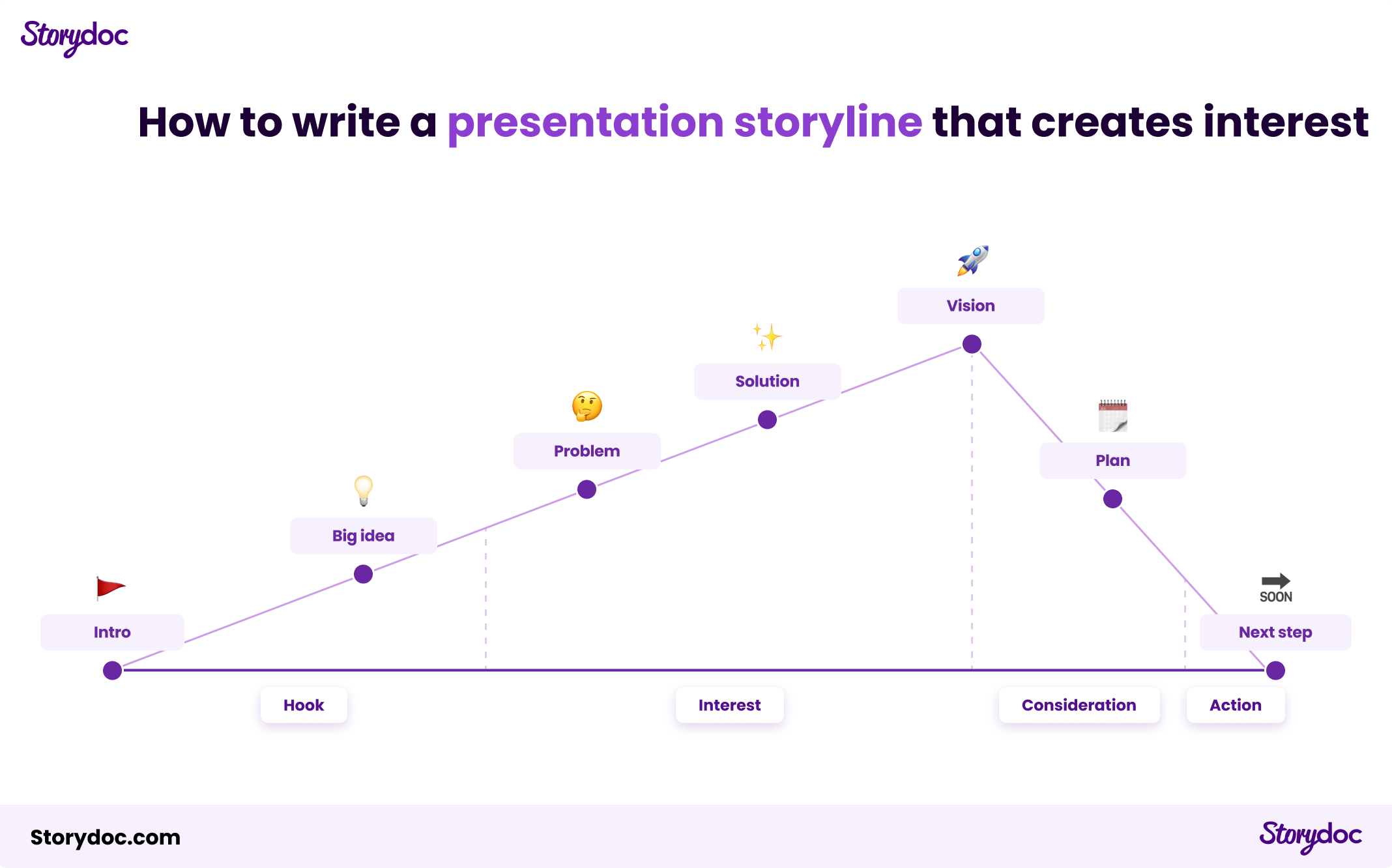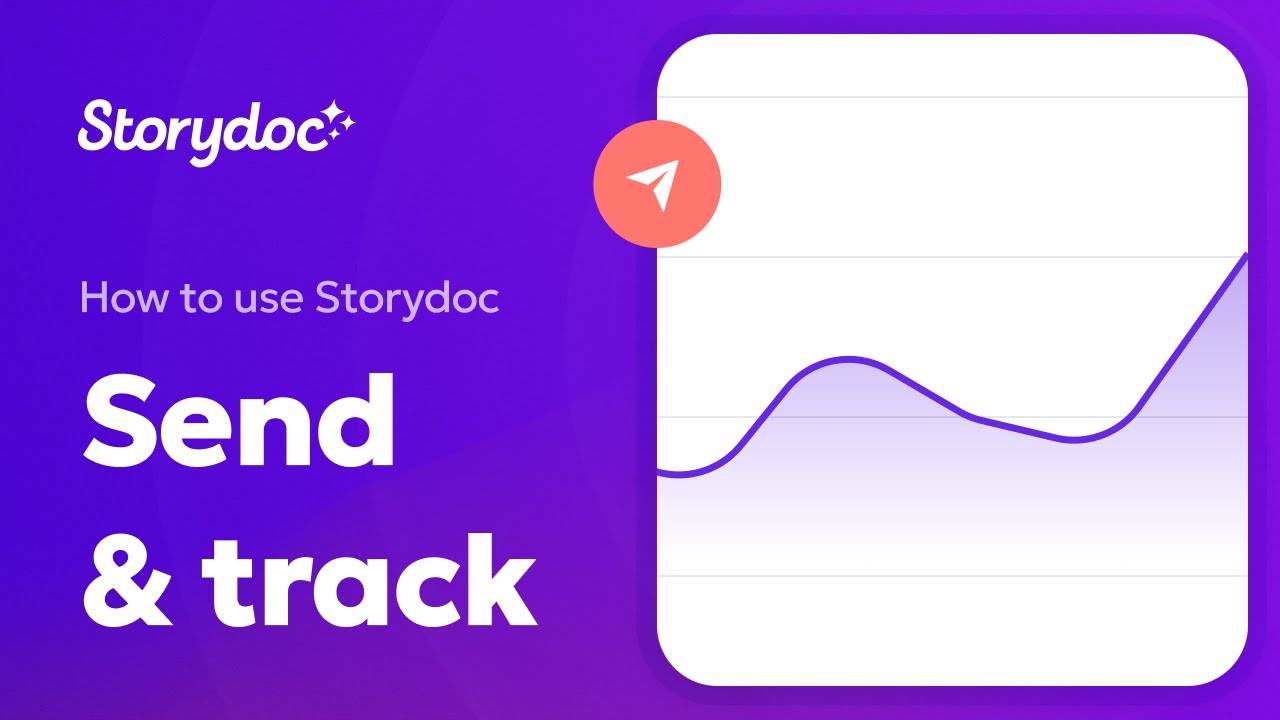4. Set success criteria or KPIs
Before diving into the creation process, define what success looks like. Setting clear KPIs will provide concrete, measurable outcomes to demonstrate the effectiveness of your solution.
5. Set measurements
How will you quantify success? Will it be revenue growth? Customer retention? Decide on the metrics that best align with your defined KPIs and use case.
6. Set time period for observation
Choose a timeframe that's long enough to demonstrate meaningful results, but not so long that the end of your case study feels disconnected from its start. This period should be relevant to your chosen metrics and reasonable within your industry.
7. Conduct post interview to assess results
Once your observation period is over, interview the client to gather their personal insights and feedback. Their perspective can add depth to your data, providing a richer, more complete picture of their experience.
8. Get data from client - or process data you own
Get relevant data from the client or use your own data to validate your story. Remember, this is not just about showcasing positive numbers, but about demonstrating real, meaningful impact on the client’s business.
9. Write the case study based on interview and data
Create a compelling narrative that weaves together your client’s voice, your data, and your solution. Use clear, relatable language to make your case study accessible and engaging.
10. Design the case study
Pay close attention to visual presentation. Use images, graphs, or infographics to make your data digestible and your narrative visually engaging. A well-made case study design can captivate audiences who might not engage with a text-heavy document.
11. Get client’s approval
Before you distribute your case study, make sure your client is happy with how their story is told. Their approval not only maintains a positive relationship, but also validates the truth of your case study.
12. Distribute the case study
Now it’s time to share your case study! Use platforms like LinkedIn and email to reach potential customers with similar profiles.
If you rely a lot on case studies to oil your sales prospecting cascades, don’t miss out on Storydoc’s case study creator. It lets you make amazing, easily shareable and trackable interactive case studies.
But beyond that it makes your distribution and tracking a breeze by connecting with your CRM and letting you send, track, and personalize your case studies directly from there.
Here's what our Salesforce integration looks like:




















